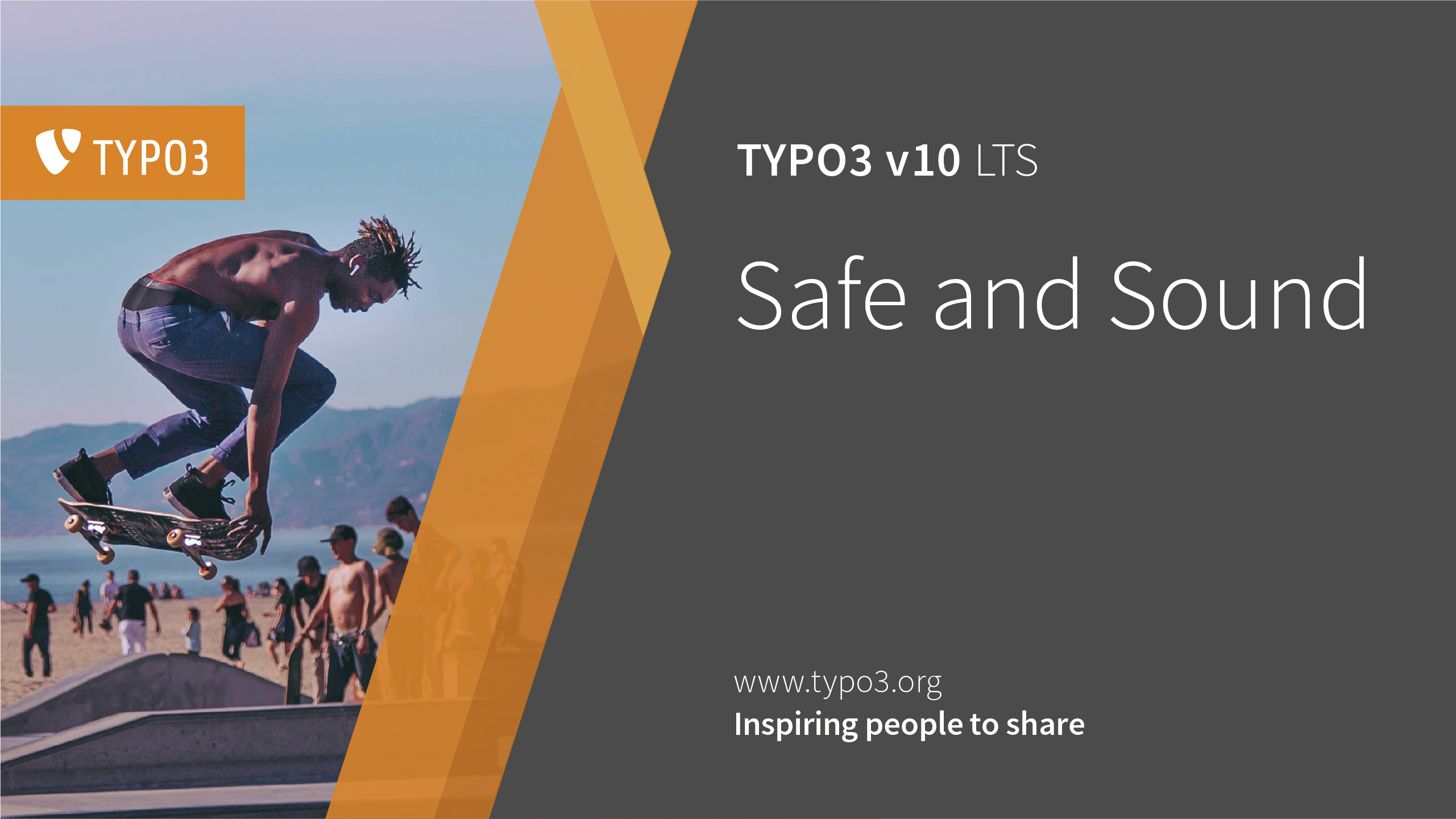Imagine opening up a report or an internal briefing and having the full overview in a matter of seconds. Imagine if it read like a good web page.
A website must have clear structure, concise language, and direct calls to action, or you will lose visitors and sales. Actually, your employees are not that different. They do not give up so easily, but spend valuable hours reading and re-reading documents, searching for structure, struggling with unclear language, finding the conclusion, and finally asking the most essential question: what am I meant to do with this?
Step 1: Tell the Reader what to Do
“I did not know it required me to do anything. I thought it was just information.” You have probably heard that before, and it is seldom the reader’s fault. Remember to clearly state what action is expected from the reader. Use clear terms, such as:
Request for more information about …
Recommendation to replace …
Invitation to join …
Place this information in the first header or subheader of the document—and in the subject of your emails.
Step 2: Write the Conclusion First
Some texts are purely informational. Reading is time-consuming, and many readers will file information away unread. Others will just skim it quickly and miss out on the really important information placed (i.e. hidden) on page two.
Placing a synopsis at the beginning is the solution. Limit it to a few short sentences and give it a slightly larger font size to increase legibility. The synopsis gives the reader the core information and a quick way to judge relevance and priority.
Step 3: Use Good Arguments, Not Details
If you have written a good introduction, you will have a good overview of the topics that need further explanation.
Create a descriptive heading for each topic, and fill in the necessary information below. Two paragraphs are usually more than enough for each headline.
Just like a web page, your document should not be longer than two A4 pages. Needless details should be put into attachments, rather than clutter your text. In fact, most details are unnecessary, especially if the reader trusts the basis of your conclusion.
Considerably More Effective
Using steps like these, experienced customers tell us they spend 30% less time writing and reduce their reading time by 70%.
This means millions saved in an average business: If 20 employees spend a third of their work day writing, each employee can save nearly 3 hours and 45 minutes per week. A total of more than 74 hours saved, a week.
Just imagine the time saved on reading.
Easy to Learn – Improvement for Everyone
Of course, there is more to learn. We offer courses in writing good content and structuring your websites, documents and emails based on a method developed and tested with government agencies and private businesses for 25 years. More than 95% of participants recommend the course to others, and describe it as both useful and of high quality.
We train your staff, and can even review texts and prepare bespoke templates, handbooks and manuals. Because of its clear structure, the method works especially well with TYPO3 CMS.
A business where every employee communicates effectively is a business that saves time. In our experience, what will become website content often starts out in other parts of the company. Wherever it begins its journey, a good text will save resources, drive sales and increase the effectiveness of your message everywhere.
Learn more about introductory courses for your leadership group or day-courses for up to 20 employees.



